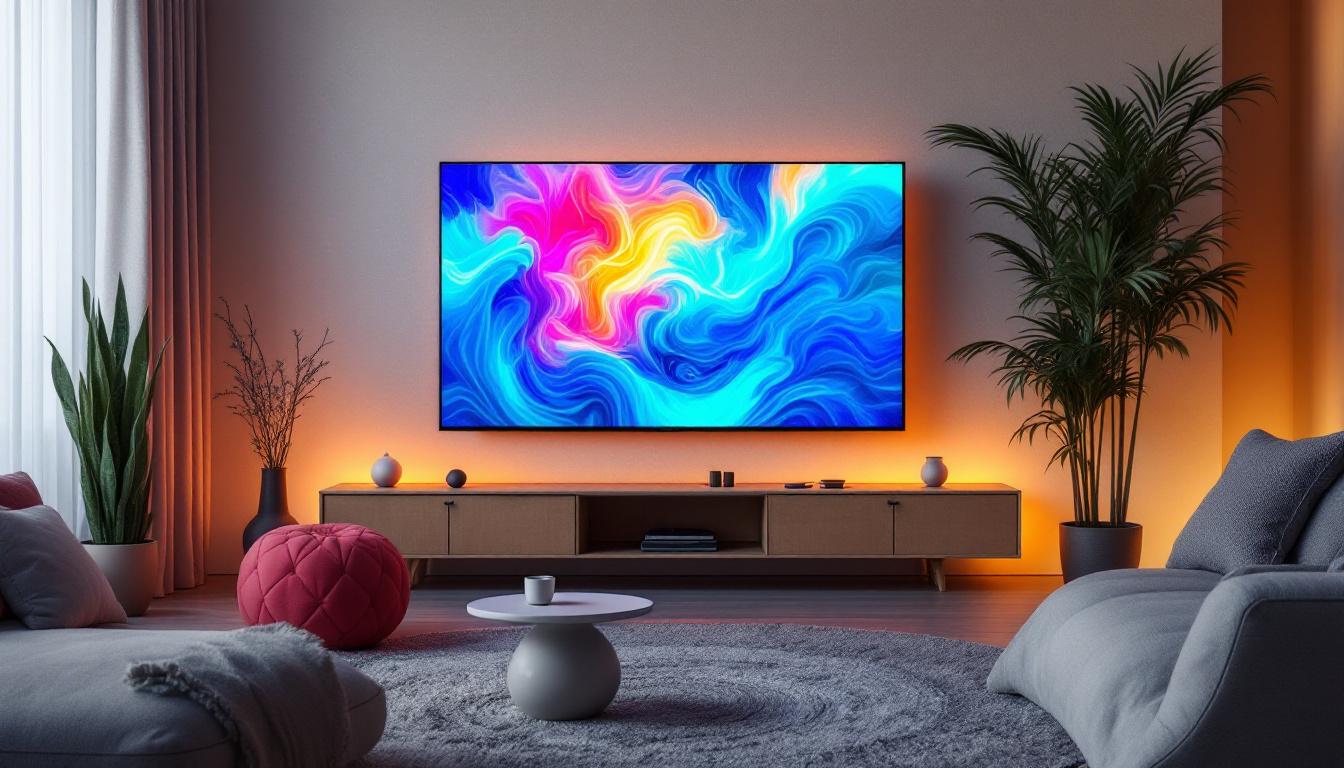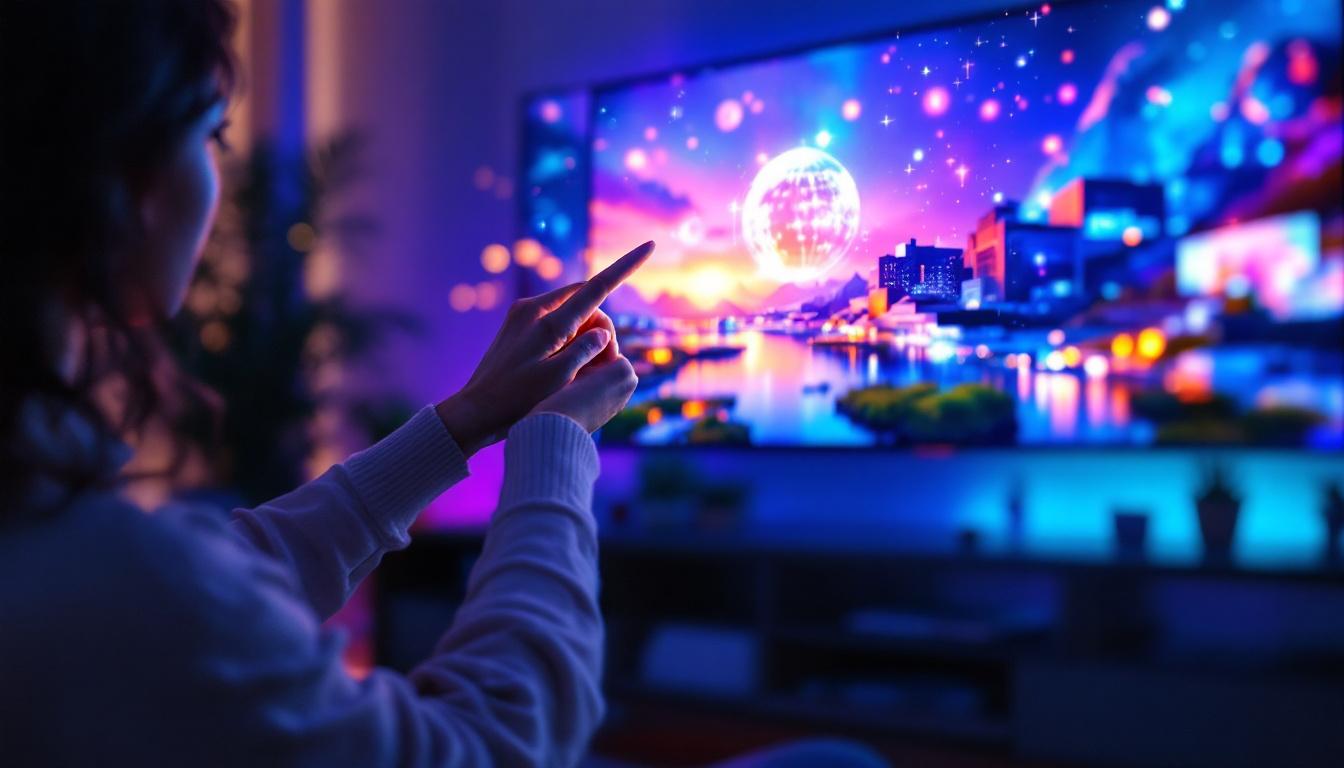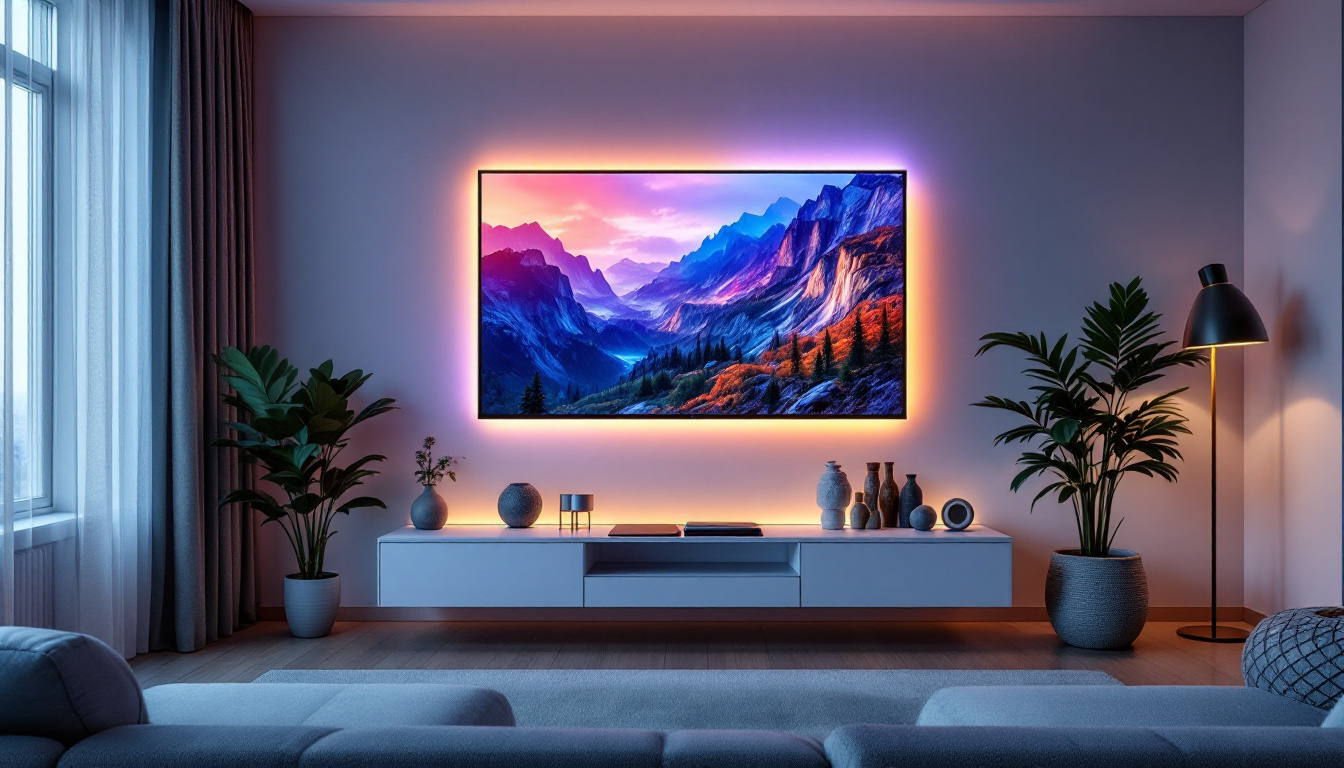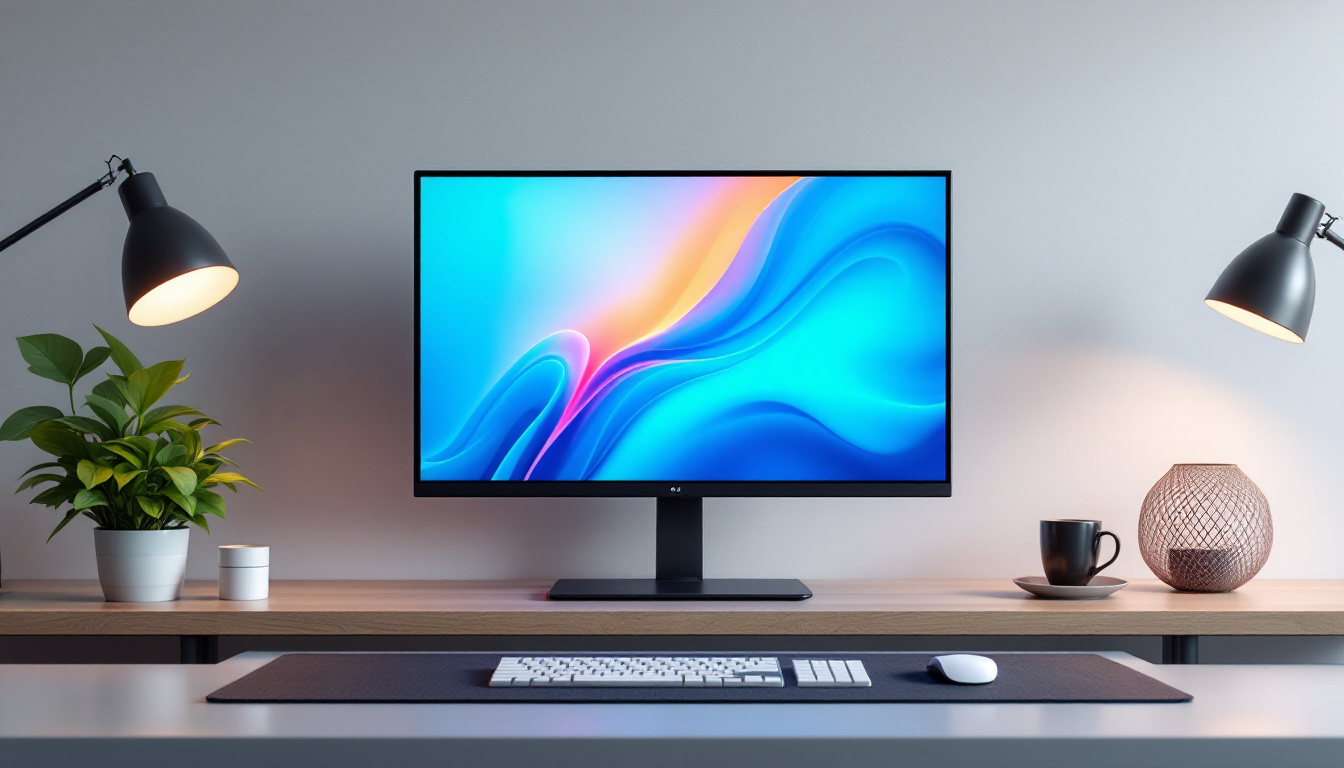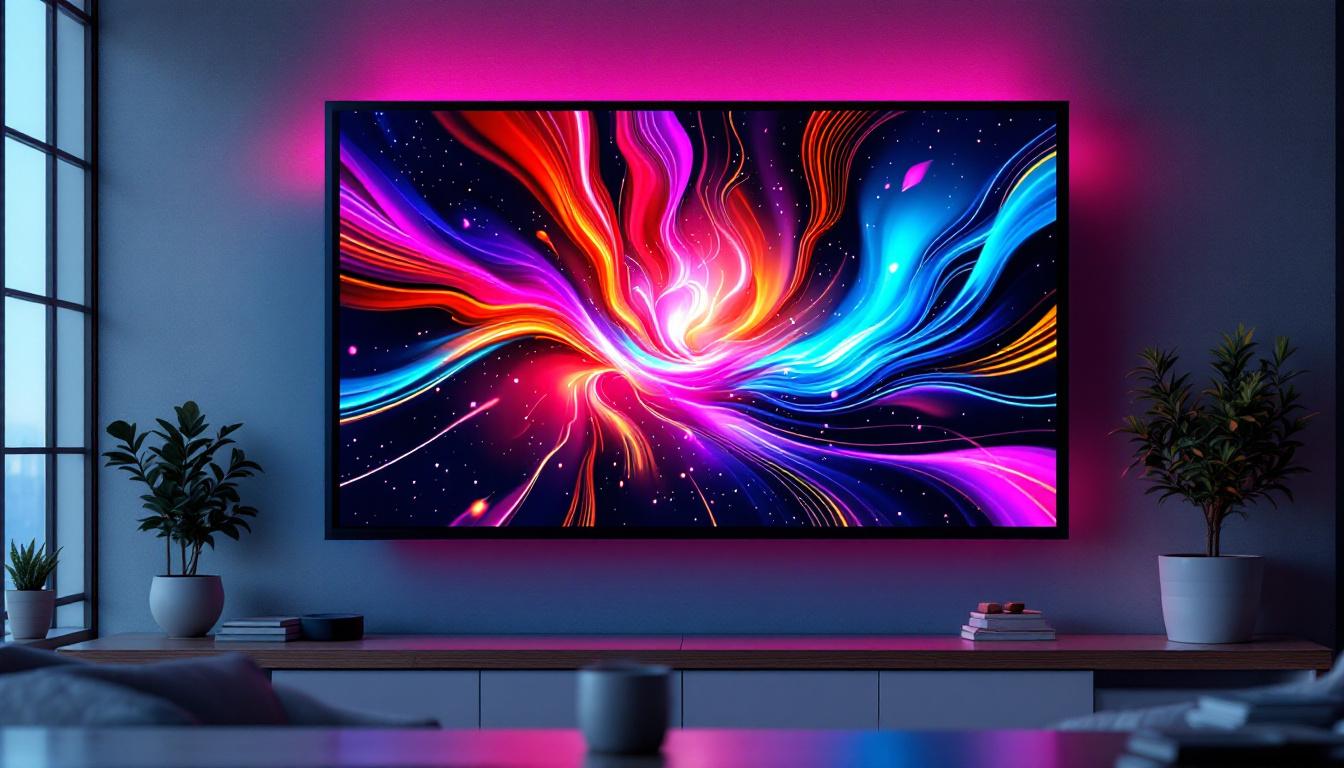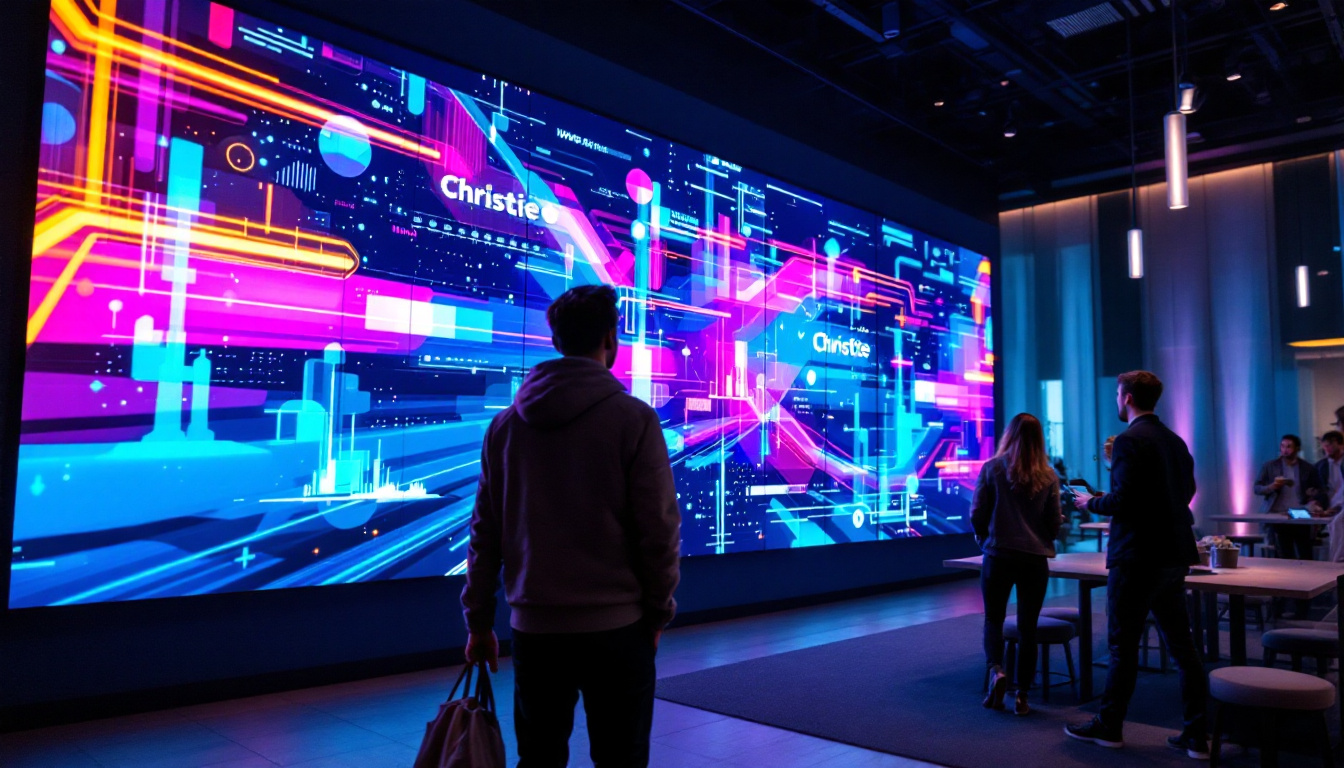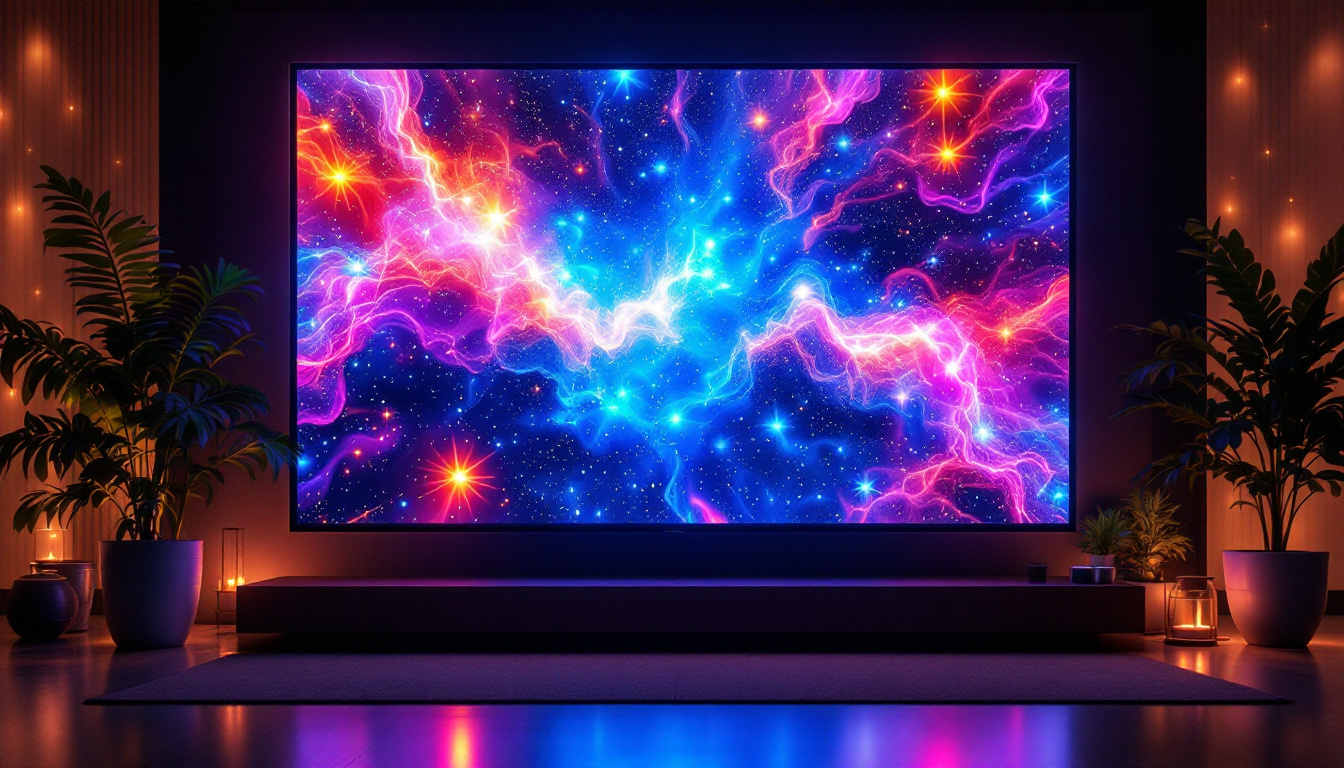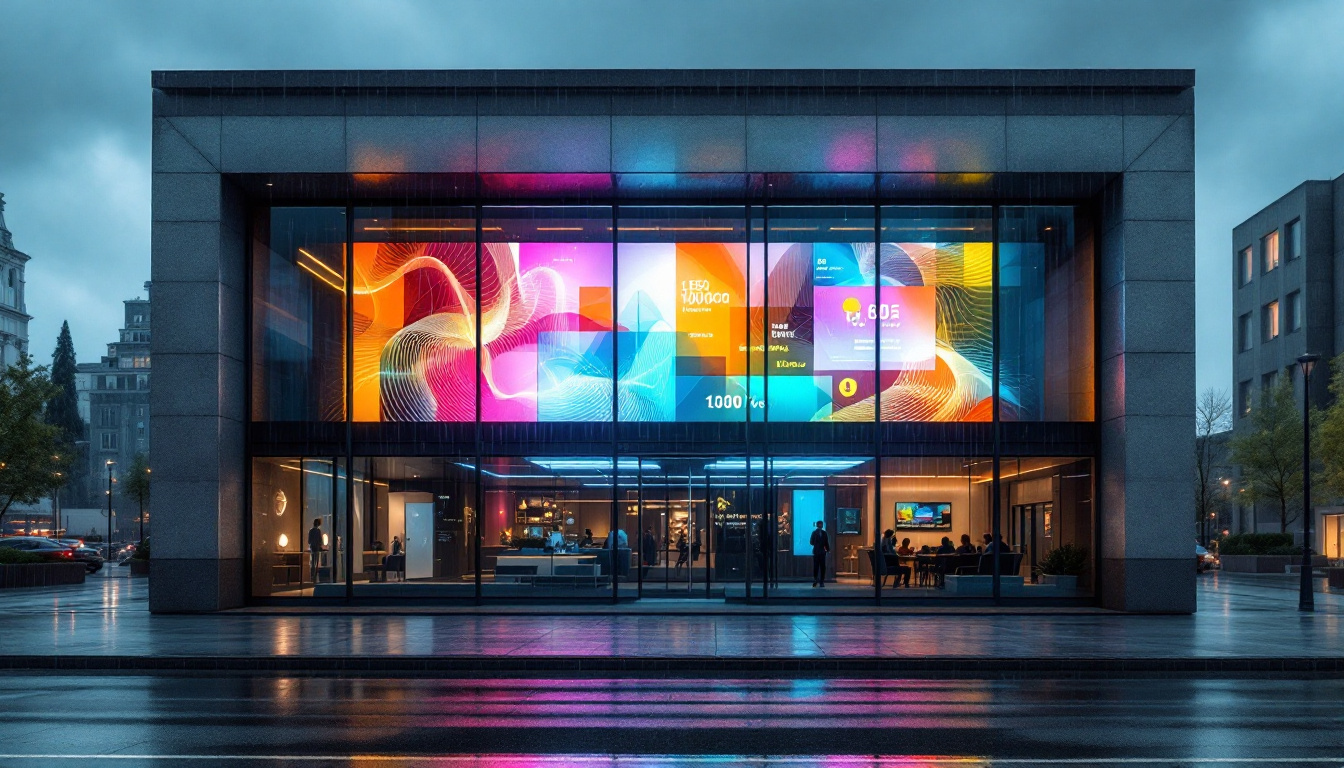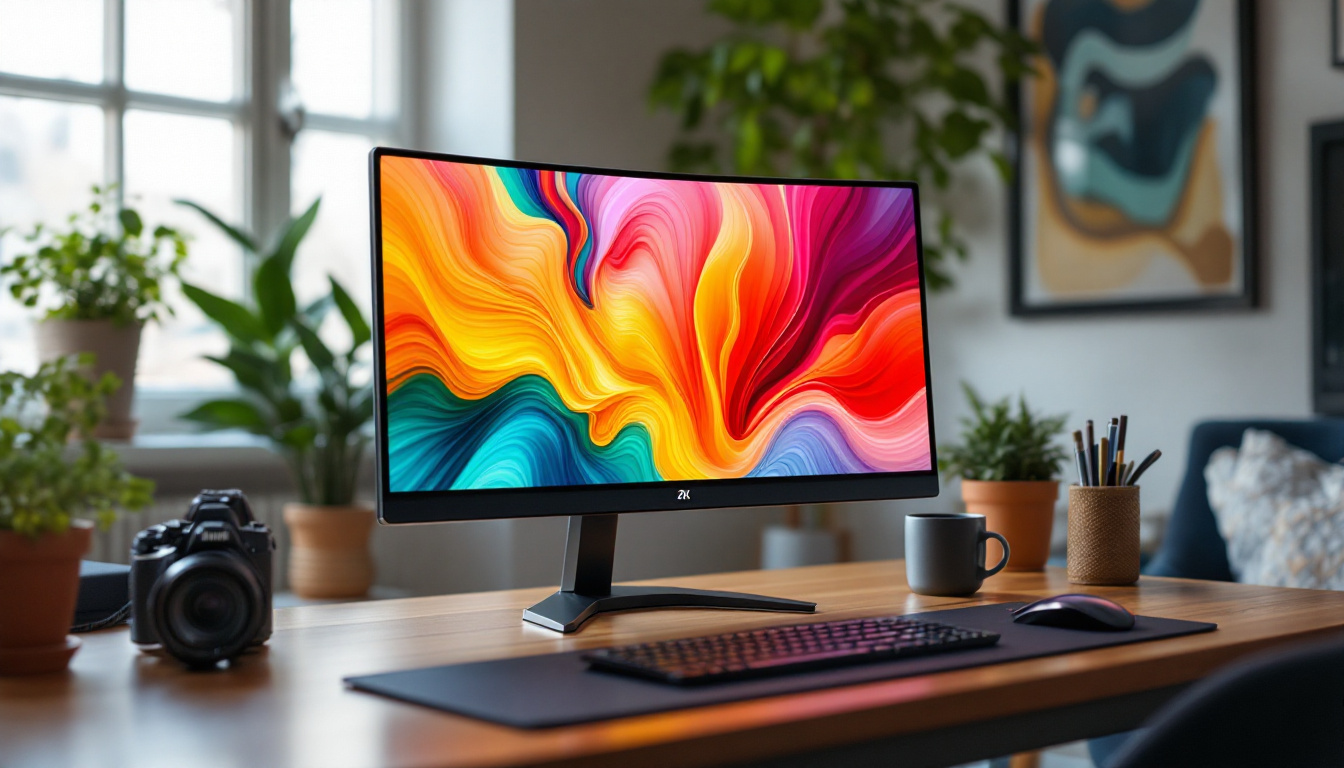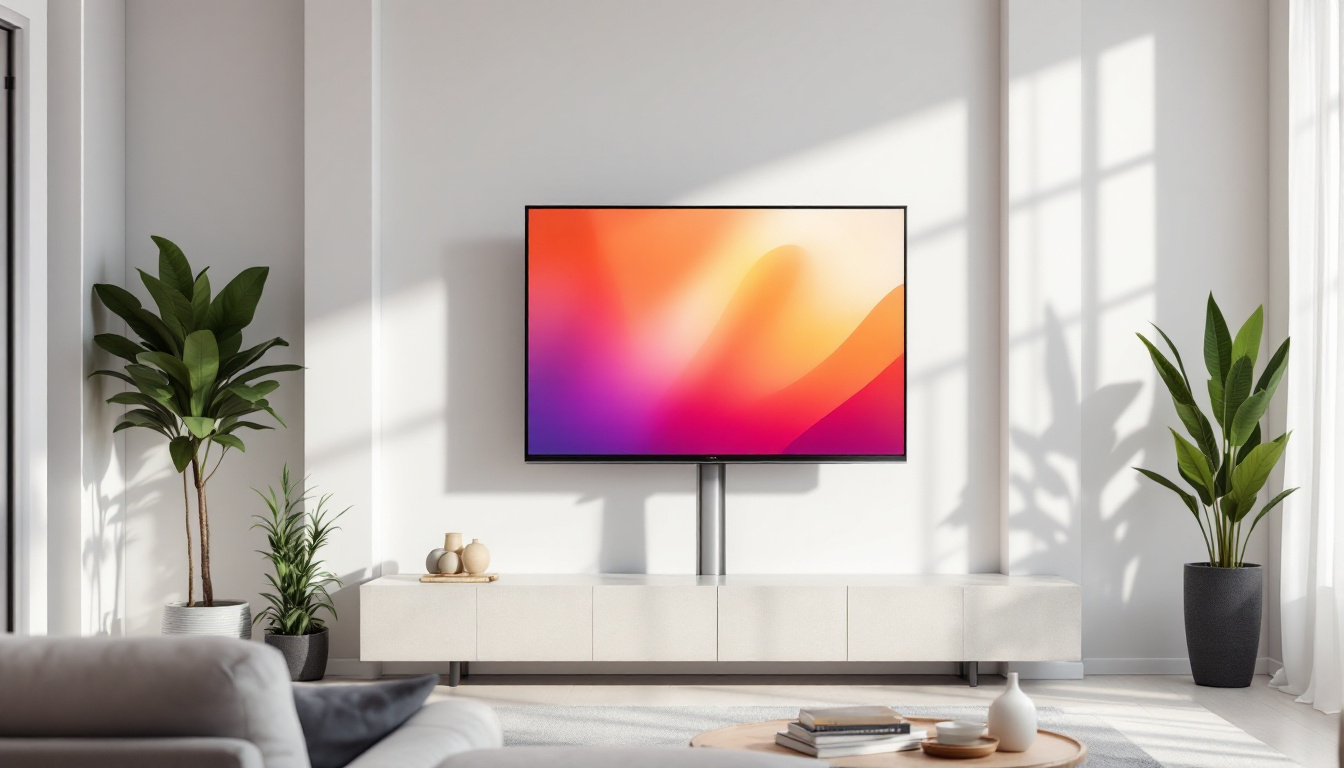Touch screens have revolutionized the way we interact with technology, making devices more intuitive and user-friendly. From smartphones to tablets and even kiosks, touch screens are ubiquitous in modern life. But how exactly do these screens work, particularly those that use LED technology? This article delves into the mechanics of touch screens, the role of LED displays, and the various technologies that enable touch interaction.
The Basics of Touch Screen Technology
At its core, a touch screen is an input device that allows users to interact with a computer or device by touching the display. The technology behind touch screens can be broadly categorized into two main types: resistive and capacitive. Each type has its own unique way of detecting touch and responding to user input.
Resistive Touch Screens
Resistive touch screens consist of two thin layers separated by a small gap. When pressure is applied to the screen, the two layers make contact, creating a circuit that registers the touch. This technology is sensitive to pressure, which means it can be used with a finger, stylus, or any other object.
While resistive screens are generally less expensive to manufacture, they have some drawbacks. For instance, they do not support multi-touch gestures, and their clarity can be affected by the layers of material used in their construction. Despite these limitations, resistive touch screens are still commonly used in applications where durability and cost-effectiveness are priorities, such as in industrial settings. They are often found in environments like factories or kiosks, where users may be wearing gloves or using tools, making their pressure sensitivity a significant advantage.
Capacitive Touch Screens
Capacitive touch screens, on the other hand, operate based on the electrical properties of the human body. These screens are coated with a transparent conductor, usually indium tin oxide (ITO). When a finger touches the screen, it disrupts the electrostatic field, allowing the device to detect the location of the touch.
One of the significant advantages of capacitive touch screens is their ability to support multi-touch gestures, enabling users to perform actions like pinch-to-zoom. They also offer better clarity and responsiveness compared to resistive screens, making them the preferred choice for smartphones and tablets. The technology has advanced to include features like palm rejection, which allows users to rest their hand on the screen without interfering with touch inputs, enhancing the overall user experience. Moreover, capacitive screens are often more durable and can withstand scratches and impacts better than their resistive counterparts, making them ideal for devices that are frequently used in mobile environments.
The Role of LED Displays
LED (Light Emitting Diode) displays are commonly used in conjunction with touch screen technology to provide visual output. Understanding how LED displays work is crucial to grasping the overall functionality of touch screens. These displays have revolutionized the way we interact with technology, making them an integral part of modern devices, from smartphones to large-scale digital signage.
How LED Displays Function
LED displays are made up of numerous tiny light-emitting diodes that illuminate to create images and text. These diodes can produce a wide range of colors by combining different wavelengths of light. In a typical LED display, red, green, and blue diodes are arranged in pixels, which can be turned on or off to create the desired image. This pixel-based structure allows for high-resolution displays that can render intricate details and vibrant visuals, enhancing the user experience.
One of the key advantages of LED technology is its energy efficiency. Compared to traditional LCD displays, LED screens consume less power and have a longer lifespan. Additionally, they offer better contrast ratios and vibrant colors, making them ideal for touch screen applications. The ability to maintain brightness and clarity even in varying lighting conditions makes LED displays particularly suitable for outdoor use, where sunlight can often wash out other types of screens.
Types of LED Displays
There are several types of LED displays, each with its own unique characteristics. The most common types include:
- OLED (Organic Light Emitting Diode): This technology uses organic compounds that emit light when an electric current is applied. OLED displays are known for their deep blacks and high contrast ratios. This feature makes them particularly popular for high-definition televisions and smartphones, where picture quality is paramount.
- Mini-LED: This is a newer technology that uses smaller LEDs for backlighting, allowing for more precise control of brightness and contrast. Mini-LED displays are often found in high-end televisions, providing an enhanced viewing experience with improved local dimming capabilities that create more dynamic images.
- Micro-LED: Micro-LED technology consists of tiny self-emissive LEDs that can produce images without the need for backlighting. This technology promises to offer even better performance than OLED, with advantages such as higher brightness levels and longer lifespans, making it an exciting prospect for the future of display technology.
In addition to these types, LED displays are also categorized based on their application. For instance, transparent LED displays are becoming increasingly popular in retail environments, allowing for eye-catching advertising while maintaining visibility through the screen. Similarly, flexible LED displays are making waves in the design world, enabling curved and unconventional shapes that can fit into a variety of spaces and applications. These innovations reflect the versatility of LED technology and its capacity to adapt to the evolving demands of consumers and industries alike.
How Touch Screens and LED Displays Work Together
The synergy between touch screens and LED displays creates a seamless user experience. When a user touches the screen, the touch technology detects the input, and the LED display responds by showing the corresponding visual feedback. This interaction is instantaneous, making the experience feel natural and intuitive.
Touch Detection and Display Response
When a touch is detected, the touch screen controller processes the input and sends the coordinates of the touch to the device’s processor. The processor then determines what action to take, such as opening an app or selecting an item. Simultaneously, the LED display updates to reflect the action, providing immediate visual feedback to the user.
This rapid communication between the touch screen and the display is crucial for creating a responsive interface. Delays in touch detection or display response can lead to frustration, which is why manufacturers invest heavily in optimizing these interactions.
Applications of Touch Screen LED Displays
Touch screen LED displays are used in a wide array of applications, from consumer electronics to industrial machinery. Some notable examples include:
- Smartphones and Tablets: These devices rely heavily on touch screen technology for navigation and interaction, with LED displays providing vibrant visuals.
- Point-of-Sale Systems: Retail environments often use touch screen kiosks to streamline transactions, with LED displays showing product information and pricing.
- Automotive Displays: Many modern vehicles feature touch screen interfaces for navigation, entertainment, and climate control, utilizing LED technology for clear visibility.
Advancements in Touch Screen Technology
As technology continues to evolve, so do touch screens and LED displays. Recent advancements have led to enhanced functionalities and improved user experiences.
Multi-Touch and Gesture Recognition
Multi-touch technology has become a standard feature in touch screens, allowing users to perform complex gestures with multiple fingers. This capability enables more intuitive interactions, such as zooming in on images or rotating objects in 3D space.
Moreover, gesture recognition technology has emerged, allowing users to control devices with hand movements rather than direct contact. This advancement opens up new possibilities for touchless interfaces, which can be particularly beneficial in situations where hygiene is a concern.
Enhanced Durability and Responsiveness
Manufacturers are also focusing on improving the durability of touch screens. Advances in materials, such as strengthened glass and anti-scratch coatings, have made touch screens more resistant to damage. Additionally, improvements in touch sensitivity have led to screens that respond more accurately to lighter touches, enhancing the overall user experience.
Challenges and Considerations
Despite the many advantages of touch screens and LED displays, there are challenges that manufacturers and users must consider.
Environmental Factors
Touch screens can be affected by environmental conditions, such as temperature and humidity. For instance, capacitive touch screens may not function properly when wet, as water can interfere with the electrostatic field. Manufacturers must design devices to mitigate these issues, particularly in outdoor or industrial settings.
Accessibility Concerns
While touch screens are generally user-friendly, they can pose challenges for individuals with disabilities. For example, users with limited dexterity may find it difficult to interact with small icons or buttons. To address these concerns, designers are increasingly focusing on creating more accessible interfaces, incorporating features like voice commands and larger touch targets.
The Future of Touch Screen Technology
The future of touch screen technology looks promising, with ongoing research and development aimed at enhancing functionality and user experience.
Integration with Augmented Reality (AR)
One exciting area of development is the integration of touch screens with augmented reality. This technology allows users to interact with digital elements overlaid on the real world, creating immersive experiences. Touch screens could serve as the primary interface for AR applications, enabling intuitive interactions with virtual objects.
Flexible and Foldable Displays
Another trend is the development of flexible and foldable displays. These innovations could lead to new form factors for devices, allowing for larger screens in more compact designs. As manufacturers explore new materials and technologies, the possibilities for touch screen applications will expand significantly.
Conclusion
Touch screens and LED displays have transformed the way we interact with technology, providing intuitive and responsive interfaces that enhance user experiences. Understanding the mechanics behind these technologies reveals the complexity and innovation that drive their development. As advancements continue to emerge, the future of touch screens promises even more exciting possibilities, making them an integral part of our digital lives.
Explore Cutting-Edge Touch Screen Solutions with LumenMatrix
As you’ve seen, touch screens and LED displays are at the forefront of interactive technology, offering unparalleled user experiences. If you’re inspired to upgrade your visual communication, look no further than LumenMatrix. Our innovative LED display modules, ranging from Indoor and Outdoor LED Wall Displays to specialized solutions like Vehicle, Sports, and Floor LED Displays, are designed to captivate and engage. With LumenMatrix, you can create custom visual experiences that truly stand out. Check out LumenMatrix LED Display Solutions today and see how we can illuminate your brand’s message with clarity and impact.


